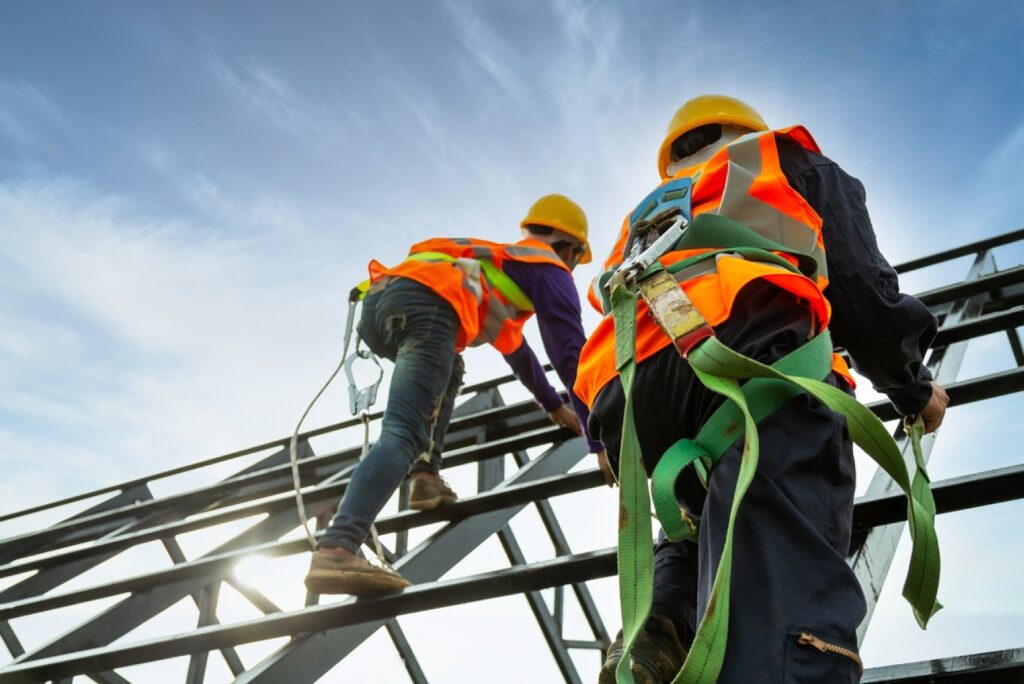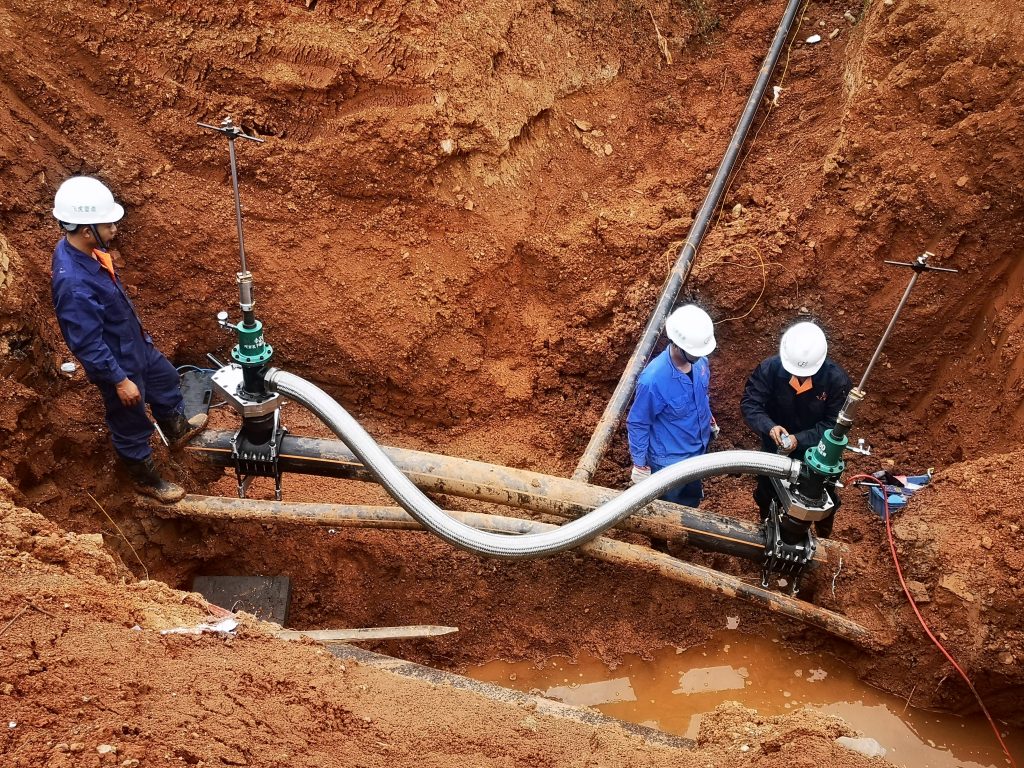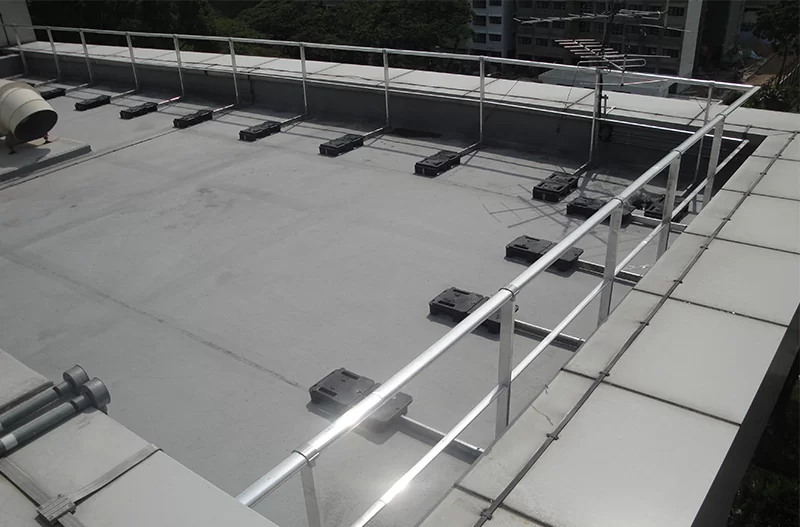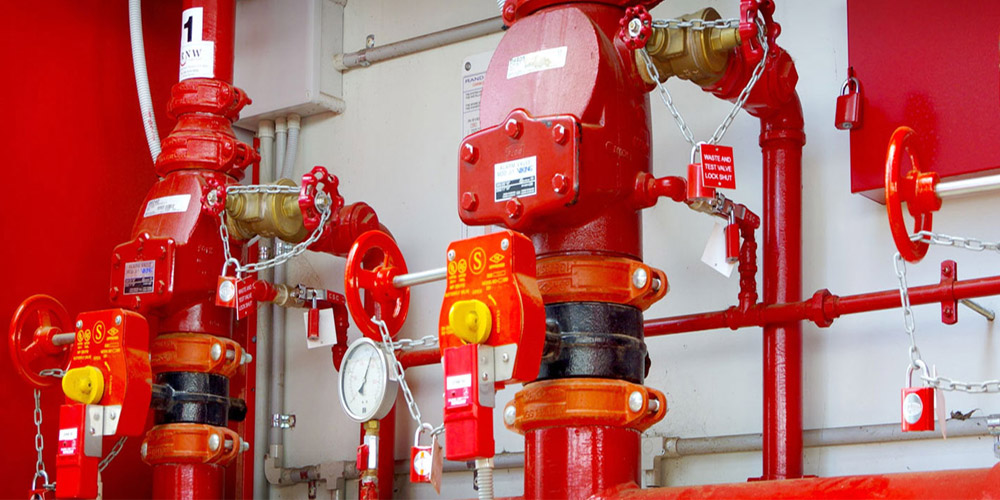Understanding Height Safety in the Philippines
Working at heights is one of the most hazardous activities across industries, and the Philippines is no exception. From construction sites and telecommunications towers to shipyards and energy facilities, thousands of Filipino workers are exposed to risks associated with elevation every day. Falls remain one of the leading causes of workplace injuries and fatalities, making height safety a critical issue. Recognizing this, the Department of Labor and Employment (DOLE) enforces strict regulations on occupational safety standards, especially for industries prone to fall hazards. These guidelines emphasize the proper use of equipment, mandatory worker training, and employer accountability. By aligning with these standards, companies can significantly reduce risks and protect lives. A thorough understanding of height safety in the Philippines provides both businesses and workers with the foundation they need to create a safer work environment.
The Importance of Prioritizing Height Safety
Every year, reports highlight accidents where inadequate safety measures at heights resulted in serious consequences. These incidents not only affect workers but also leave companies facing legal, financial, and reputational setbacks. For employees, falls often lead to severe injuries or loss of life, which directly impacts their families and communities. For employers, failing to prioritize safety can mean costly fines, compensation claims, and disrupted operations. By placing height safety at the forefront of workplace practices, organizations demonstrate responsibility and care for their workforce. Beyond compliance, a proactive approach helps reduce accidents and fosters trust between employers and employees. Workers are more confident and productive when they know they are protected by robust safety measures. Ultimately, prioritizing height safety in the Philippines is not just a regulatory requirement—it is a moral obligation that benefits everyone involved.
Key Components of a Height Safety Program
Creating a reliable height safety program requires attention to several crucial elements. Employers must understand the distinction between fall prevention and fall protection, as both serve unique purposes. Fall prevention focuses on eliminating the risk of falling altogether, such as through guardrails or work platforms. Fall protection, on the other hand, addresses scenarios where falls might occur, using harnesses, lifelines, and safety nets to minimize harm. Essential equipment in the Philippines includes full-body harnesses, shock-absorbing lanyards, secure anchor points, and helmets designed for elevated tasks. Regular worker training and certification are mandatory, ensuring individuals know how to use equipment correctly. Supervisors play a vital role in monitoring safety practices and reinforcing the importance of compliance daily. By implementing these components, companies create a strong foundation for protecting their workforce and complying with DOLE’s occupational safety guidelines.
Height Safety Equipment Standards in the Philippines
Height safety equipment is only effective if it meets both local and international standards. In the Philippines, DOLE mandates the use of certified gear that can withstand specific loads and conditions. Equipment such as harnesses, connectors, and anchor systems must be inspected regularly for signs of wear and tear. Businesses should also look to international benchmarks like OSHA (Occupational Safety and Health Administration), ANSI (American National Standards Institute), and EN (European Norms), as many Philippine suppliers follow these globally recognized standards. Selecting the right equipment involves considering factors such as the type of work, environmental conditions, and compatibility with other safety systems. Proper maintenance is equally vital; even high-quality gear can fail if neglected. Employers should establish a routine inspection program where damaged or outdated equipment is replaced promptly. Adhering to these standards ensures that height safety in the Philippines is more than compliance—it is a protective shield that workers can trust.
Best Practices for Companies Operating in High-Risk Industries
Companies that handle elevated work can strengthen safety by adopting proven best practices. One of the most effective steps is building a culture of safety, where every worker understands the importance of compliance. Regular training sessions, workshops, and refresher courses help employees stay updated on the latest techniques and regulations. Safety audits and compliance checks ensure policies are not just written but actively enforced. Businesses should also design comprehensive emergency response plans that address fall-related incidents, ensuring rapid medical attention when needed. Clear communication channels, signage, and reminders around worksites reinforce safety protocols. Supervisors and managers must lead by example, consistently wearing protective gear and following guidelines. By committing to these practices, companies protect not only their employees but also their long-term operational stability.
Examples of Best Practices Include:
- Conducting daily safety briefings before elevated tasks
- Assigning trained safety officers on-site to monitor activities
- Implementing a buddy system for workers at high elevations
- Providing accessible first aid kits and emergency rescue tools
- Ensuring regular calibration and testing of fall protection equipment
Challenges in Height Safety in the Philippines
Despite strict regulations, many companies in the Philippines struggle with implementing height safety measures effectively. Budget limitations often prevent businesses from investing in high-quality equipment or comprehensive training programs. Some employers underestimate the risks, believing that safety systems are costly and unnecessary until an accident occurs. Additionally, enforcement of regulations can vary, leading to inconsistent compliance across industries. Environmental factors also present unique challenges; the Philippines frequently experiences typhoons, heavy rains, and strong winds, which make working at heights more hazardous. Another barrier is the lack of awareness among workers themselves, many of whom prioritize speed over safety due to tight deadlines. Overcoming these challenges requires a shift in perspective, where businesses view safety as an investment rather than an expense. Addressing these issues is essential to achieving sustainable improvements in workplace safety across the nation.
Benefits of Investing in Height Safety
Organizations that invest in height safety gain significant long-term advantages. Protecting workers boosts morale, as employees feel valued and secure in their roles. This confidence often translates into higher productivity, as workers can focus on tasks without fear of accidents. Reduced incidents also mean fewer compensation claims and less downtime, saving companies substantial financial resources. Clients and stakeholders are more likely to trust companies that demonstrate a strong commitment to safety, which enhances corporate reputation. A safe workplace also reduces staff turnover, as workers prefer to stay with employers who prioritize their well-being. Furthermore, businesses that comply with regulations avoid penalties and potential project shutdowns. The combination of these benefits makes height safety in the Philippines a strategic move that extends beyond compliance—it is a key factor in achieving operational success.
Emerging Trends and Innovations in Height Safety Philippines
Technology is transforming how height safety is managed in the Philippines. New designs in harnesses and helmets offer better comfort and mobility without compromising protection. Wearable safety devices, such as smart helmets equipped with sensors, monitor workers’ physical conditions and environmental hazards in real-time. Digital monitoring systems and drones are now being used for inspections of high-risk areas, reducing the need for workers to physically climb dangerous structures. Safety management software helps companies track compliance, training schedules, and equipment inspections efficiently. Innovations like self-retracting lifelines and energy-absorbing systems are becoming more widely available, providing added protection during falls. These advancements highlight the importance of staying updated with global trends and incorporating them into local practices. By adopting these innovations, companies in the Philippines can take height safety to a higher level of reliability and effectiveness.
Frequently Asked Questions (FAQ)
1. What are the minimum height safety requirements in the Philippines?
Employers must provide fall protection when workers are exposed to risks of falling from heights of two meters or more. Proper equipment, training, and supervision are required by DOLE regulations.
2. Is fall protection training mandatory for all construction workers?
Yes. Workers performing elevated tasks must undergo accredited training to ensure they can use equipment correctly and respond to emergencies.
3. How often should height safety equipment be inspected?
Inspection should be performed before every use, with formal, documented inspections conducted at least once every six months or as recommended by manufacturers.
4. Can companies be penalized for non-compliance with height safety standards?
Absolutely. Non-compliance can lead to fines, project delays, or even the suspension of operations. Serious violations may also result in legal action.
5. What are the most common causes of falls in the workplace?
The leading causes include inadequate training, poor-quality equipment, lack of proper anchor points, failure to use protective gear, and unsafe weather conditions.
Takeaway
Height safety in the Philippines is not simply a matter of following regulations—it is about protecting lives, supporting families, and building a culture of accountability in the workplace. Businesses that embrace safety measures gain stronger teams, higher productivity, and greater trust from their stakeholders. By investing in the right equipment, proper training, and emerging technologies, organizations can create safer environments for workers at every level. Every step taken toward height safety represents a commitment to progress, responsibility, and long-term success.
















